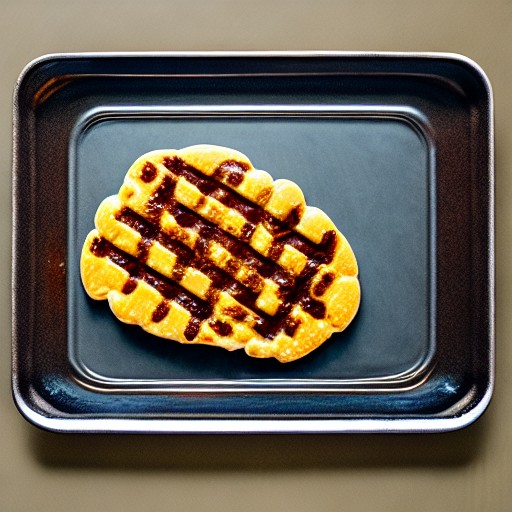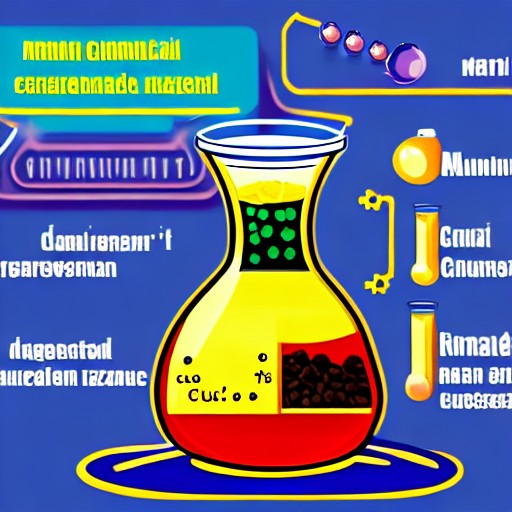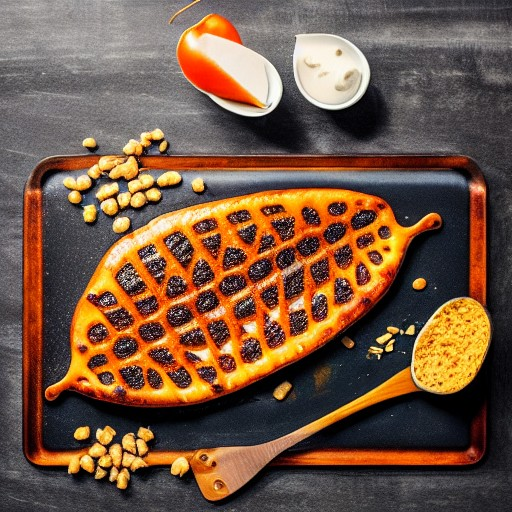The Maillard Reaction: Science and Role in Cooking
The Maillard reaction is a chemical reaction that takes place between amino acids and reducing sugars in foods, which creates a range of complex flavor compounds and contributes to the browning of foods during cooking.

Chemistry of the Maillard Reaction
The Maillard reaction is a complex series of chemical reactions that occur between amino acids and reducing sugars, such as glucose or fructose, at high temperatures. The reaction is a non-enzymatic browning process, which means that it occurs spontaneously without the need for enzymes. The process involves a cascade of chemical reactions that result in the formation of a range of flavor compounds, including furans, pyrazines, and thiophenes, as well as the characteristic browning of foods.

The reaction begins with the amino acids reacting with the reducing sugars to form glycosylamines, which are unstable compounds that then undergo a series of rearrangements and reactions to produce a range of different flavor compounds. These compounds are responsible for the rich, savory, and umami flavors associated with cooked meats, roasted vegetables, and other foods that have been subjected to high temperatures.

Role of the Maillard Reaction in Cooking
The Maillard reaction is an important process in cooking, as it contributes significantly to the flavor and appearance of many cooked foods. The reaction occurs when foods are subjected to high temperatures, such as when they are roasted, grilled, or fried. The reaction is responsible for the browning of foods, which not only creates an attractive appearance but also enhances the flavor of foods by producing a range of complex flavor compounds.

The Maillard reaction is particularly important in the cooking of meat, as it is responsible for the development of the rich, savory, and umami flavors that are associated with well-cooked meats. The reaction also plays a role in the cooking of vegetables, as it enhances their flavor and creates a more appealing appearance by browning the surfaces of the vegetables.
Factors Affecting the Maillard Reaction
Several factors can affect the Maillard reaction, including temperature, time, pH, and the presence of water. The reaction occurs most rapidly at temperatures between 140°C and 165°C, with higher temperatures leading to a more rapid reaction. The reaction also occurs more rapidly in alkaline conditions, with a pH of around 9 being optimal. The presence of water can slow down the Maillard reaction, as water molecules can compete with the reducing sugars for the amino acids.

Conclusion
The Maillard reaction is a complex chemical process that plays a crucial role in the flavor and appearance of many cooked foods. The reaction is responsible for the rich, savory, and umami flavors associated with well-cooked meats, as well as the browning of foods that creates an attractive appearance. Understanding the chemistry and factors that affect the Maillard reaction can help cooks and chefs to create delicious and visually appealing dishes.